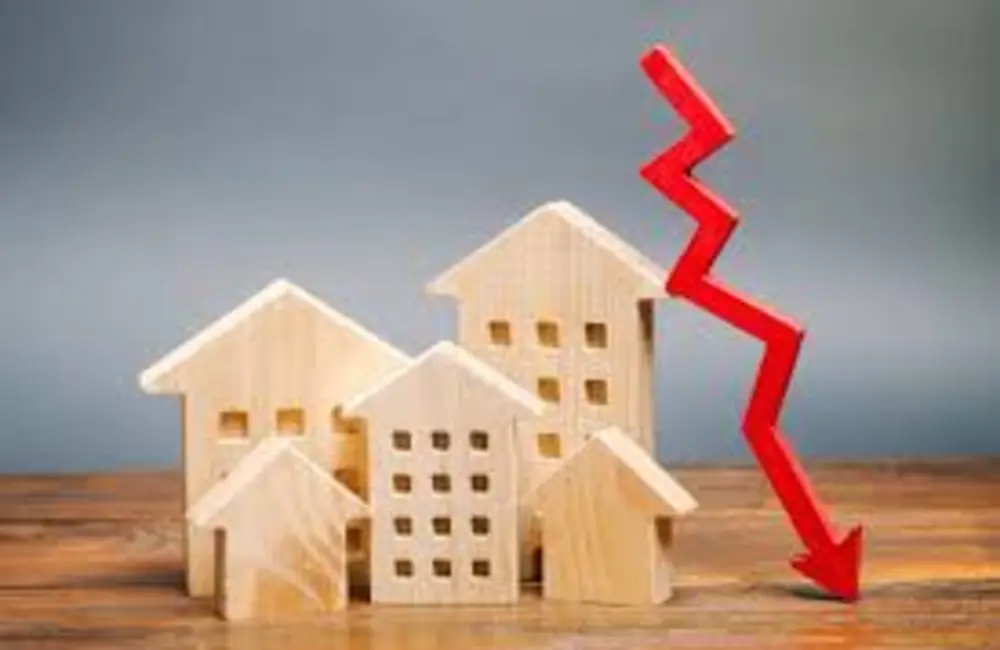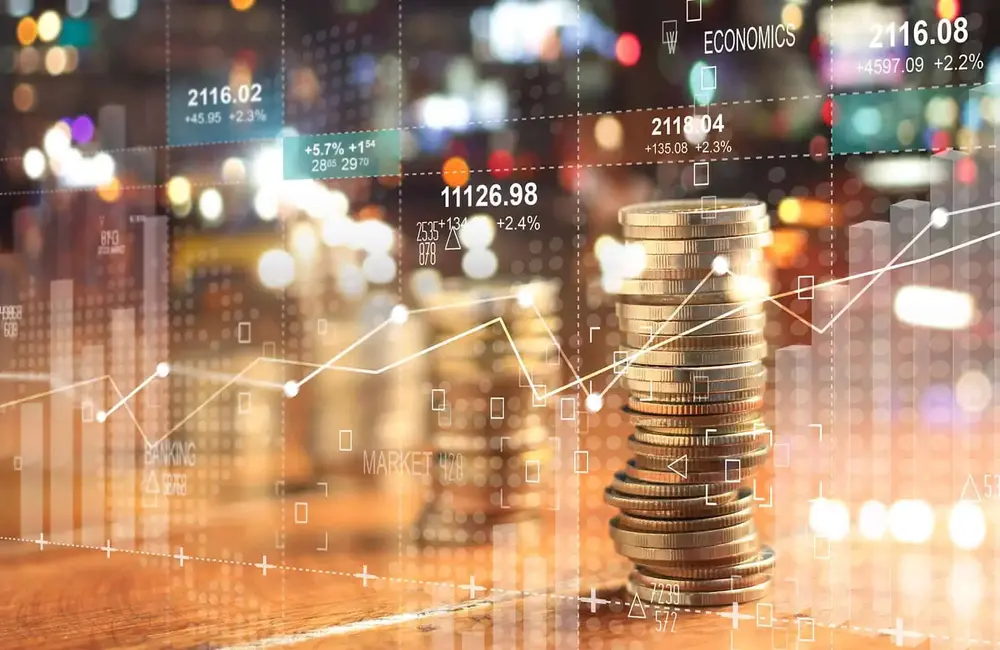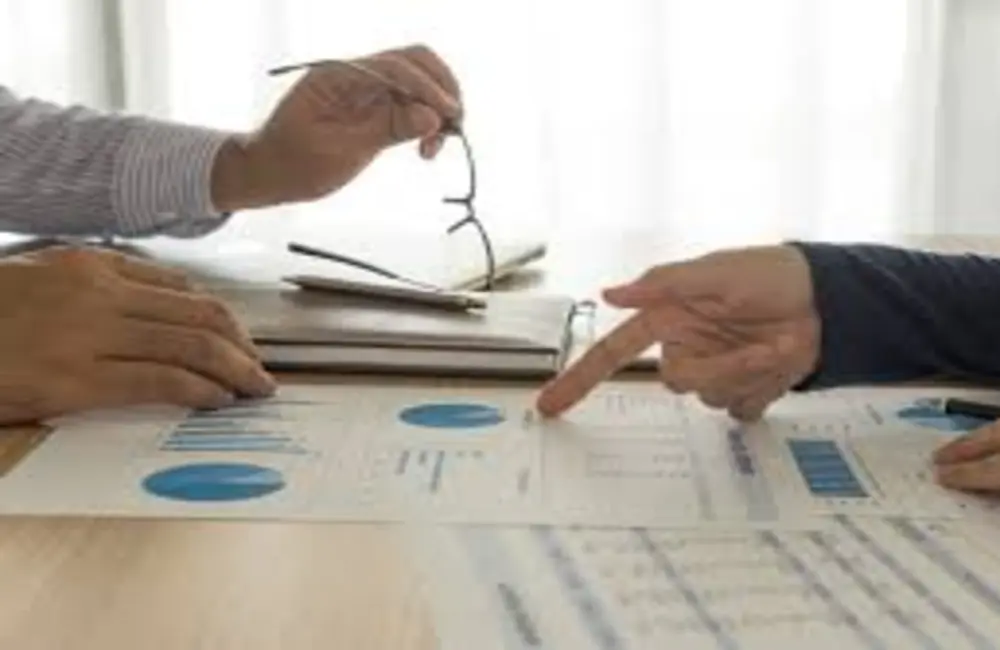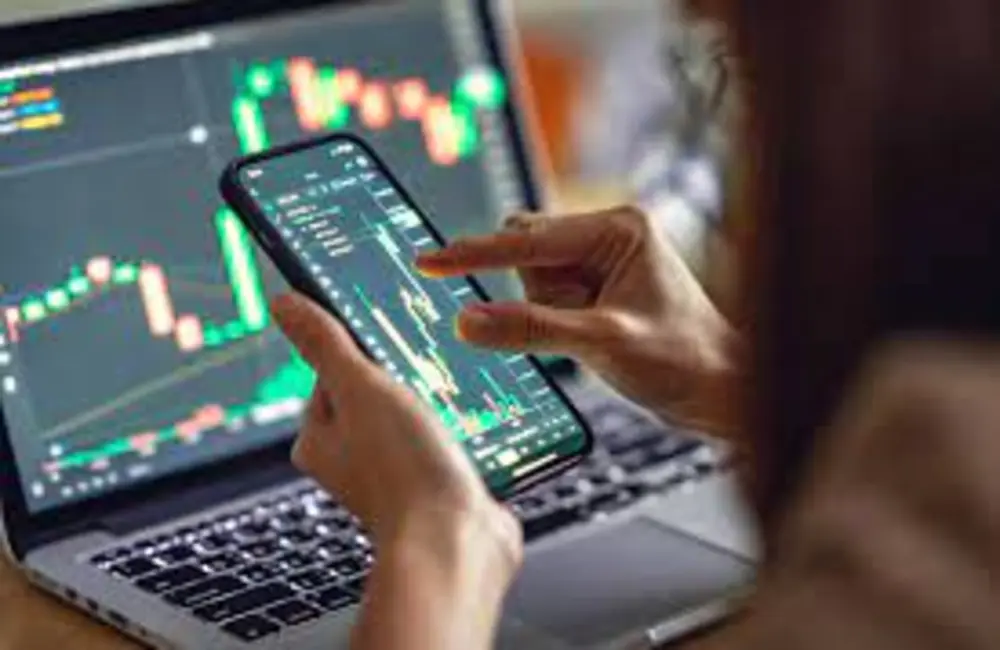What’s going on? Are equity markets finally prepared to disregard interest rates, inflation, war, and soaring commodity prices? Or is this catching your breath before diving in. Here’s how Kerry Craig, global market strategist at JP Morgan describes the moment we are in:
“The market is trying to sort out if this is an inflection point,” he says.
“Is this finally the time for things to keep moving higher or are we still waiting for the bad news to arrive?” He points out that the positioning of institutional investors in the market indicates there is not much confidence in the current rally, in other words it could all turn around quickly.
Against this backdrop of uncertainty, pessimists and optimists alike have presented compelling arguments.
The risk that central banks send the economy into a tailspin in their quest to quash higher inflation looms large in the minds of market pessimists. A recession would haul company profits, dividends and equity markets with it.
There is always a balancing act in using higher interest rates to ‘chill’ an economy. Go too fast and the economy comes to a total halt. There is little room to proceed cautiously amid record inflation, increasing the chances of a policy mistake, pessimists say. Rising petrol prices, a drop in consumer confidence, renewed lockdowns in China and the war in Ukraine also bring downside risks to growth. The way that Randal Jenneke, head of Australian equities at T. Rowe Price, frames the conundrum is this:
“When we go into rate hike cycles. It’s like the Fed trying to land a 747 on an aircraft carrier.”
That’s a really tough task even under normal circumstances. War in Europe adds a mix that complicates things exponentially.” In fact, 75% of the last twelve Federal Reserve hiking cycles led to recession, he writes.
A nightmare scenario for pessimists = central banks raise rates enough to kill the economy, but not enough to curtail inflation.
This week parts of the US bond yield curve inverted. I saw growth warning signs flashing. A widely followed predictor of the economy’s future direction, yield curve inversion has preceded each of the six US recessions that have occurred since 1978 (though not every yield curve inversion has been followed by a recession). Australia tends to follow when the US economy does, Jenneke notes.
Booming economy lifts optimists
But bond market signals should be taken with a pinch of salt, says Craig. This isn’t the way they work anymore after 10-plus years of central bank intervention.
Optimists focus on the underlying strength of the economy. They believe in a post-pandemic boom with sufficient momentum to absorb higher rates and chaos in commodity markets. That’s good news for corporate profits and equity markets.
Growth and unemployment figures are like the trophy cabinet: Australia’s economy grew at the equal-best rate in 46 years during the December quarter. Unemployment is projected to dip beneath 4% this September, the lowest figure since records began in modern times in 1978. It’s a comparable situation in the US. Unemployment among Americans who do not have a high school diploma is at the lowest level on record. The US economy grew the most it had since 1972 in the final quarter of last year.
“There’s not really a strong chance of a recession even given what’s happened the economies [in the US and Australia] are actually in pretty good shape. The unemployment rate is extremely low. Job prospects are good. Wages are growing. All of that offsets the income shock many households and companies are experiencing from increasing input prices.”
It looks like markets are buying the message. An equities rally from last month was consolidated after a news conference where US Federal Reserve Chair Jerome Powell said the US economy was strong enough to absorb rate hikes.
Australia is especially lucky, the optimists say: Record profits for local commodity producers are a hedge against higher prices at the pump, as are the roughly $200 billion sitting in individual savings accounts around the country. The economic fallout from the war in Ukraine is not going to travel the 13,000 kilometres home. With local inflation at about half the 7.9% writ large in the US, around the 3% mark up here, the Reserve has much more latitude to be patient.
With a cacophony of sound coming from the world of finance right now “we still think there’s enough positive momentum in shares, in company earnings, in the recovery, to keep shares higher over the six-to-12 month view,” says Diana Mousina, a senior economist at AMP Capital.
One of the pleasures of long-term investing is a certain detachment from those warning of calamity. When you’re investing for 10 or 20 years or more, dips and crashes, corrections, and bear markets are pretty much a given.
Or, as Mousina puts it: “there is always geopolitical risk.” Before Russia’s invasion, it was the trade war between China and the US. Before that Brexit and Trump. Go a few years further back and the Eurozone was on the brink of breakup.
Investing in interesting times, in the end, is just like investing in normal times: have a plan, choose your right asset allocation, check your goals from time to time and stick to the plan.

























